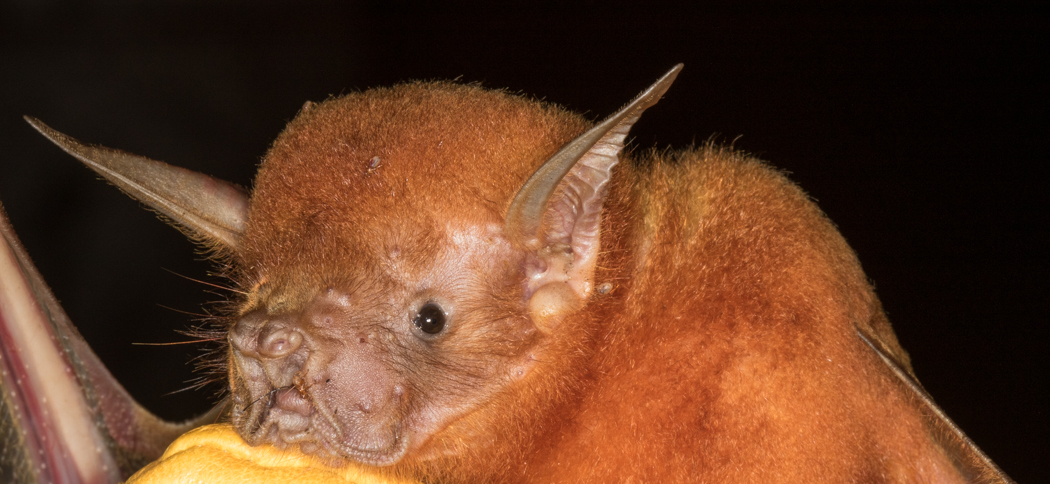
Strange Tails
We're delighted to have a strong population of strange-tailed tyrants at the reserve. So much so that we've adopted these beautiful and endangered birds as the symbol of the Trust
The growing diversity of the animals of Reserva Don Luis is a fresh source of delight every time we return. We don't play favourites, but it's impossible not to engage more with some of our more conspicuous guests. One of these is the strange-tailed tyrant. The male is stoic in his tolerance of one of nature's strangest - and it would seem least practical - adaptations. He's willing to suffer to be beautiful, and somehow manages to fly with tail feathers that were surely designed for a bird three times his size.
We love his perseverance; his resolution to succeed against challenge, and his ability to prove that anything is possible. He's appearing in growing numbers on the Reserva Do Luis, and his success has become an allegory for, and a symbol of, our own.
When we started the process of updating and redesigning our website, we wanted to adopt an image that symbolised our aims and our challenges. This brave little flycatcher, with his indomitable character, was the perfect choice.
The logo is a stylised profile of a male tyrant, silhouetted against the sunrise. We coloured the sun the blue of the Argentinian flag in honour of this country's beauty, its climate and the breathtaking span of magnificent animals that it nurtures.

Bat Research
Our bat team is conducting bat research both in the Ibera Marshes and in other provinces. We are especially concentrating on Misiones at the moment where we find the largest bat in Argentina, Chrotopterus auriitus and Myotis ruber, two species that we are researching.

Noctilio leporinus
Greater Bulldog Bat
This is the largest of the Neotropical fishing bats and its scientific name is Noctilio leporinus. There are only 2 species in the family Noctilio - albiventris and leporinus. It hunts small fish over the surface of large water bodies and can be found in the Ibera Marshes, usually seen hunting over the larger lakes.
It is a large bat with huge feet and claws. These enable it to grasp its prey and transfer it to the uropatagium from where it arrives at the mouth.
The face somewhat resembles a Bulldog with large jowls that are capable of storing food. The top lip is split, like a hare, and the bottom lip is a series of folds and one large wart.
The fur colour varies from brick red, to orange/yellow although females can be duller. The fur is soft and velvety. The bat weights around 90-100 grams with a forearm length of around 90mm. The wing is wide and long and very strong which enable it to manouvre safely over water. This species can also swim which is unusual for bats.
This bat was captured in 2018 over the River Parana.

